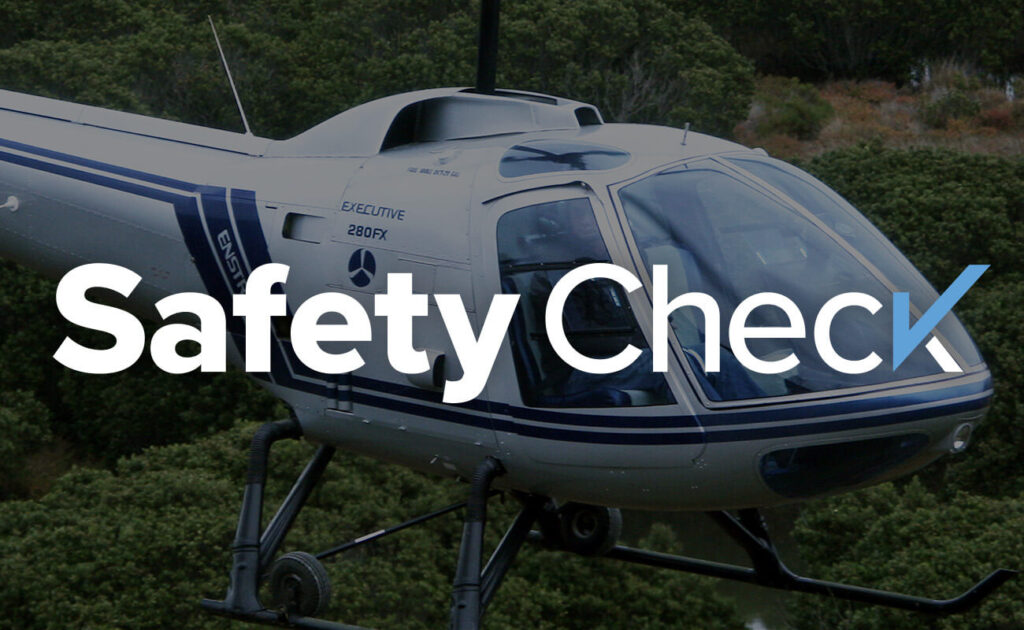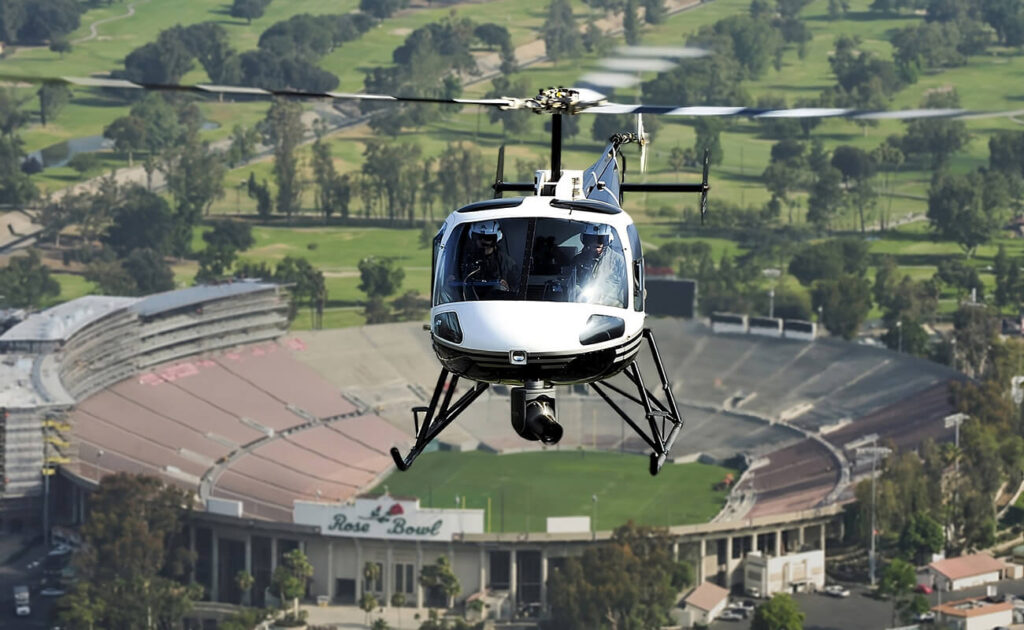Safety Check: Play Ball and Fly Safe

The 2024 Major League Baseball is here! Even if you’re not an avid fan of America’s pastime, if you plan to fly through a major U.S. city, you need to be aware of what are called Sporting Event Temporary Flight Restrictions (TFRs).
There are actually eight types of TFRs within the National Airspace System, but for this Safety Check, let’s focus on one more commonly referred to as the “Sports NOTAM.” Because of its variability, you might not find it listed with the other published NOTAMs and TFRs.
Basically, it’s a notice not to fly in a way that could impact an outdoor sporting event, like the NFL, Division One Football, MLB, or IndyCar. This applies specifically to stadiums with a capacity greater than 30,000. Beginning one hour before a game’s start time, and extending to one hour after its conclusion, special instructions only allow authorized aircraft lower than 3,000 AGL within three nautical miles. Parachute jumping, unmanned aircraft, and remote-control aircraft are all prohibited.
Like with the other more liberal TFR’s, waivers are granted for air ambulance, military, law enforcement, and broadcast rights authorized by and in contact with Air Traffic Control. The primary reason for this NOTAM, (the one NOTAM covers all sporting events) is to prevent pilots from loitering or intentionally flying low near the busy stadiums.
As part of my work for Enstrom’s sister company, Sweet Helicopters, I frequently need to coordinate with the University of Notre Dame’s Security Police Department to provide aerial support for all home football games and stadium special events. The center of the TFR is positioned directly above the 77,600-capacity stadium.
What complicates things is the Notre Dame Stadium lies only .2 NM east of the extended centerline for South Bend International Airport, RWY 27L. Arriving aircraft (IFR and VFR) will already be in communication with ATC inside the controlled “Charlie” airspace, so penetrating the TFR poses no consequences. However, aircraft not landing at SBN should plan on avoiding the Class “C” airspace near the TFR.

Whenever Enstrom delivers new aircraft east of the Great Lakes, the instructor pilot will fly the western shore line of Lake Michigan, then make the easterly turn south of Chicago, near Gary. Chicago is home to two MLB teams. The Cubs and White Sox, with respective stadiums on the north and south side of the Windy City. Throughout the spring and summer, more often than not, there will be some active Sports TFR in place.
If you ever have to traverse Chicago airspace during this time, contact MDW approach and ask for a VFR clearance until you clear the TFR and Class Bravo, when applicable. MDW approach will likely help accommodate. I find this preferable to your other option, which is to avoid the TFR altogether and fly two miles offshore.
Even with clearance, it’s a good idea to stay as far from the stadium as possible. If you’re planning to touchdown at Chicago’s Verti Port (43IL) near Guaranteed Rate Field, navigate around the stadium, and MDW approach will likely provide you with a discrete squawk code that will remain in place until you land.
Sweet Helicopters is often called upon to charter Colts fans to and from home games. The Indy Heliport (8A4) is nestled just a quarter mile northeast of Lucas Oil Stadium, so customers often arrive expecting to leave within an hour of the game’s conclusion, which is when the TFR is still active. When this happens, we tell our pilots to call up IND clearance and obtain a squawk code and departure frequency prior to engine start. I’ve seen some Part 91 operators attempt to reach IND approach on the radio after leaving the helipad, but because of building interference, they might not make contact until they are 100-200 feel AGL. In this case, the pilot would become liable for penetrating a TFR.
My best advice, wherever you fly, is to obtain a thorough briefing prior to flight and determine if there are any active TFRs along your route. The FAA’s resources aren’t always helpful in determining where and when a Sports NOTAM will pop. According to a Leidos Flight Service briefer, some commercial vendors, like AirNav and ForeFlight, provide excellent TFR alerts for subscribers.
I like to use Boeing’s ForeFlight software to watch for alerts. Subscribers can see the restrictions visually charted on the map and learn what TFRs are active, which can help you plot out your route in advance. However, with rain delays and cancelations, accuracy isn’t 100% guaranteed.
So, when in doubt, dial up a controller. As the PIC, you are still responsible for avoiding TFRs, even if they aren’t obvious. The old adage “squawk and talk” goes a long way in reducing your liability. Always communicate with your ATC about your intentions when approaching a potential TFR, which you should be doing anyway because most stadiums are in controlled airspace.
Fly safe.

Randy is a dual rated Airline Transport Pilot with 13,000 flight hours in airplanes and helicopters. He has type ratings in the BE400 and CE500. Randy has been a rotorcraft Designated Pilot Examiner representing the Grand Rapids FSDO since 2014. Currently he works for Sweet Helicopters, a northern Indiana Part 135 air carrier operator and serves as the Airport Manager of the Goshen Municipal Airport.
About Enstrom Helicopter
From Rudy Enstrom’s early designs in 1943 to initial testing in a Michigan Quarry in 1957 to aircraft operating on six continents, Enstrom Helicopter Corporation has maintained a reputation for safety, value and performance. Based in Menominee, Michigan and proudly made in the United States, Enstrom has a rich history for design innovation. The goal is to provide helicopters to the customer’s exact specification and deliver support and maintenance worldwide.